This website uses cookies so that we can provide you with the best user experience possible. Cookie information is stored in your browser and performs functions such as recognising you when you return to our website and helping our team to understand which sections of the website you find most interesting and useful.
Column
A sweet moment
We have very good news for our CNIO Friends. A few weeks ago, Pablo Alborán informed us that he would like to organise a charity concert in Madrid on April 4, and donate the proceeds for cancer research at the CNIO. The announcement caused a stir in social networks. Thanks to Pablo, to the nearly 16,000 people who covered the capacity in just a few days and to those who wanted to contribute their grain of sand by buying a phantom ticket.
Wholeheartedly thanks are also due to Enrique Arce, Luz Casal, María Hervás and Christina Rosenvinge, who generously accepted our invitation to collaborate with our #CNIOStopCáncer campaign for World Cancer Day by participating in the campaign video you can see below. Thank you for conveying the message that research is the only way to stop cancer and that everyone can collaborate through CNIO Friends.
Thank you so much, Pablo, Enrique, Luz, María and Christina, for your solidarity! Without a doubt, together we can achieve more.
Our Office of Philanthropy and Development continues to grow, now with the incorporation of Jessica Rose as Head of the department. Rose has specialised in higher education and the charity sector. Before joining the CNIO, she was Senior Associate Director of Development at the University of Cambridge School of Technology. In our Centre, she will continue to promote the CNIO Friends initiative, which has become one of our most important pillars to raise public awareness about the importance of research. Welcome and much success at the CNIO!
Maria Blasco
Director
CNIO science news
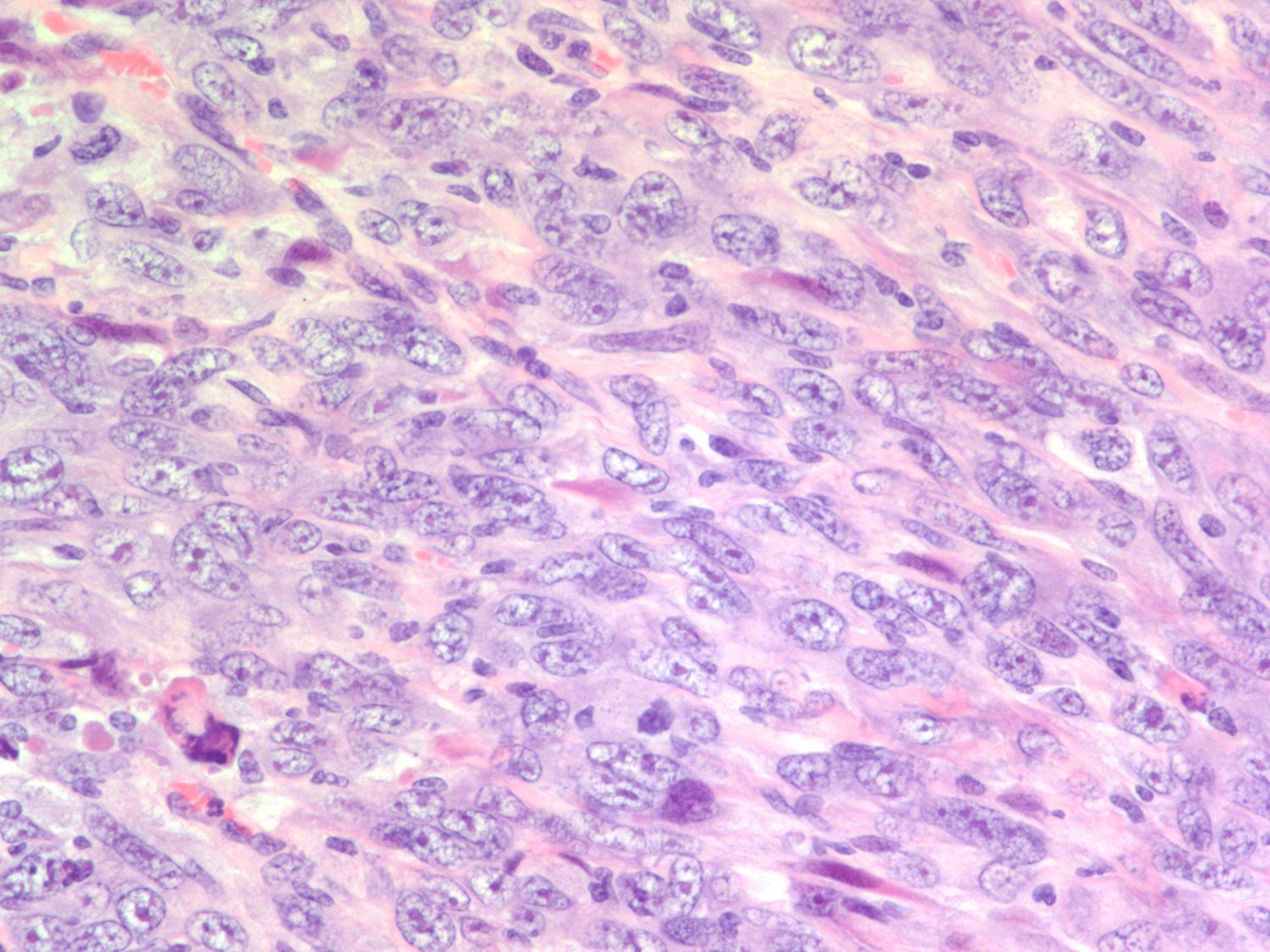
The Epithelial Carcinogenesis Group, led by Paco Real at the CNIO, has shown in mice the efficacy of a combination of two drugs against malignant mesothelioma, the most aggressive tumour caused by exposure to asbestos. The researchers propose a set of molecular markers to determine which patients could benefit from this treatment, if approved.

The CNIO and Cabimer scientists showed that movements and changes in the three-dimensional structure of DNA produce knots and tangles that, when untangling, are a source of breaks that can lead to lymphomas. The team led by Felipe Cortés, Head of the Topology and DNA Breaks Group, will study whether the finding also applies to other tumours.
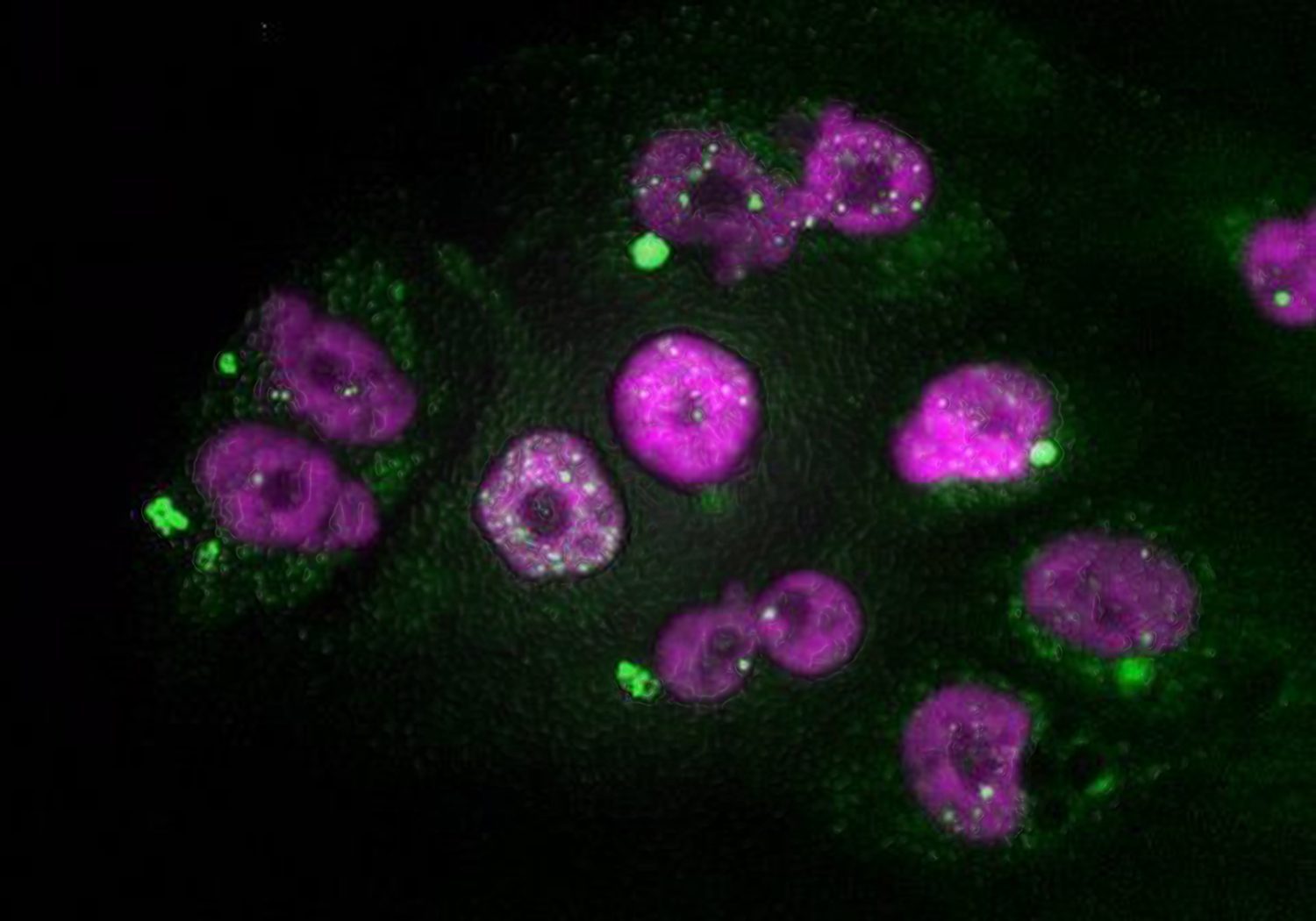
Researchers from the Cell Division and Cancer Group led by Marcos Malumbres developed a strategy that prevents the most aggressive tumours from generating resistance to chemotherapy. Using CDK4/6 inhibitors after chemotherapy prevents pancreatic adenocarcinoma tumour cells from recovering from the damage caused by the treatment. The authors intend to test this approach in clinical trials for breast and lung cancer.
Our Centre
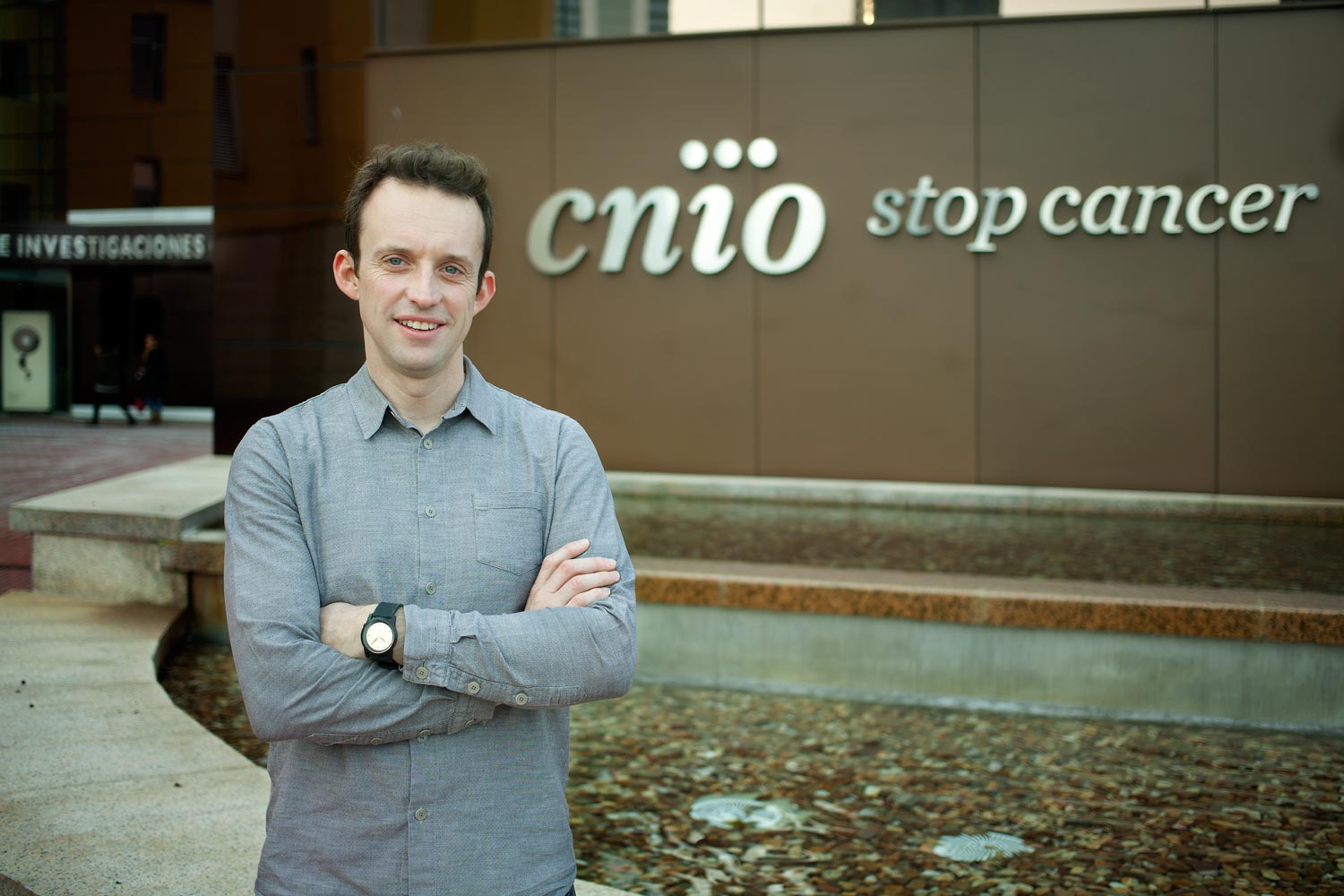
Australian researcher Geoff Macintyre has joined the CNIO from the University of Cambridge (United Kingdom) to establish the Computational Oncology Group and study the so-called ‘complex genome tumours’ – such as lung, brain, pancreatic, prostate, ovarian and oesophageal tumours – using innovative computational techniques. Below you will find an interview with him. Welcome!
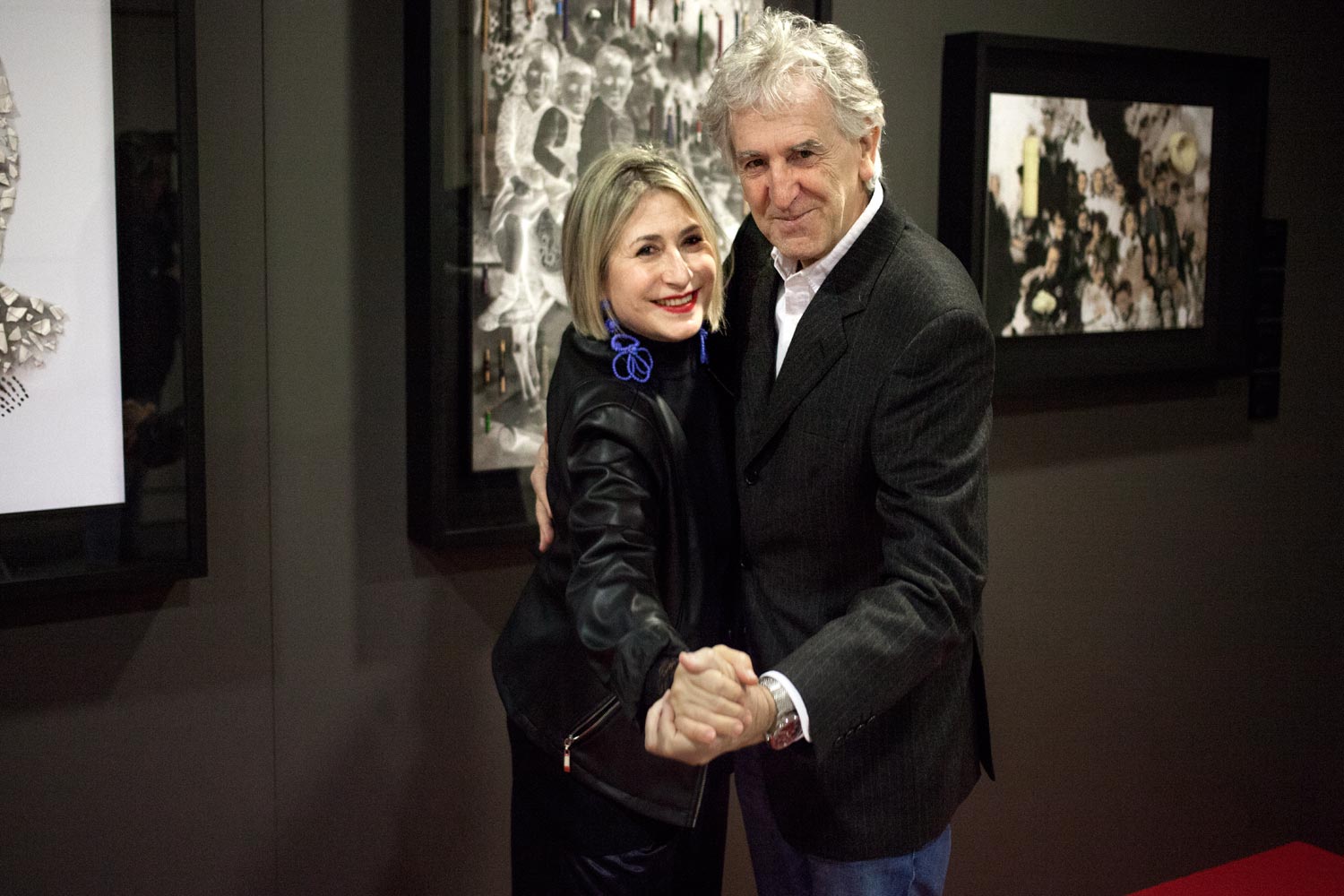
On February 20, we presented together with the Banco Santander Foundation the third edition of CNIO Arte, curated by Amparo Garrido and with the collaboration of artist Carmen Calvo and paleoanthropologist Juan Luis Arsuaga. That day we also celebrated the first ‘Art and Science’ Symposium, in which Fernando Castro Flórez, Aurora Fernández Polanco, Carlos Jiménez and Bleda and Rosa addressed the relationship between art and archaeology.
The proceeds of the sale of Calvo’s paintings will be entirely used to fund research at the CNIO through ‘CNIO Friends’. The project was also presented at the prestigious ARCO Contemporary Art Fair on February 28.

On the occasion of World Cancer Day, which is celebrated every year on February 4, we launched at the CNIO the #CNIOStopCárncer campaign that has given visibility to our Centre’s cancer research on social networks and in the streets of several Spanish cities. We would like to thank to artists Enrique Arce, Luz Casal, María Hervás and Christina Rosenvinge for their generous participation, and the companies Act One Producciones, Exterior Plus, JCDecaux and L’Oréal Spain for making it possible.

Also in February, we organised the STOPCÁNCER event at the Lope de Vega Theatre in Madrid together with the Trade Union Confederation ‘Fetico’. María Blasco, director of the CNIO, and Luis Paz-Ares, oncologist and researcher at the Centre, participated.

Singer Pablo Alborán will hold a solidarity concert on April 4 in support of the CNIO entitled ‘Prometo Solidario’ [‘a Promise of Solidarity’]. The WiZink Centre in Madrid, the venue that will host the concert, was quickly filled to capacity (almost 16,000 people!). The artist also made phantom tickets available to those who could not get a seat but wanted to collaborate with cancer research at the CNIO.

To this wave of solidarity, we can add the renewal of the collaboration agreement between the CNIO and La Roche-Posay, the dermo-cosmetic brand of the L’Oréal Group, for another year. Through the #InvestigaciónEsVida [ResearchIsLife] campaign, we are present at the counters of more than 1,000 Spanish pharmacies and make ourselves known to more than 60,000 consumers and employees of L’Oréal and La Roche-Posay.
Interview
Geoff Macintyre: "We will try to treat chromosomal instability before it can cause a complex and aggressive tumour"

Geoff Macintyre comes to the CNIO to study so-called ‘complex genome tumours’ by using the most advanced computational techniques. His aim is to develop diagnostic methods to predict the progression and malignancy of these tumours. We talked with him.

What are ‘complex genome tumours’ and why are they more difficult to treat?
Complex genome tumours are best explained by a picture:
You can see at the top of the picture that normal cells have two copies of every chromosome. But at the bottom of the picture you can see the genetic chaos we see in complex genome tumour cells. This is because these tumour cells have lost the ability to copy their DNA properly during cell division. This “chromosomal instability” allows these tumour cells to acquire new functions quickly, evolve rapidly, evade the immune system, and resist treatment. Furthermore, this chaos makes finding the right treatment for these tumours extremely difficult. Many ovarian, lung, pancreatic and esophageal cancers have complex genomes which is one of the reasons they are some of the deadliest cancers.
How will you contribute to their understanding, being at the CNIO?
My lab develops computational algorithms to decode the genetic chaos seen in complex genome tumours. We use machine learning to find patterns in the chaos which indicate the underlying causes of the chromosomal instability. This allows us to develop ways to treat the causes of chromosomal instability, rather than try and treat the symptoms.
How will cancer patients benefit from this in the future?
In my lab we are looking at the DNA of early, pre-tumour growths. By applying our computational approaches at the earliest stages of tumour development, we hope to detect and treat chromosomal instability before it has the chance to cause an agressive, complex genome tumour. By targeting the causes of chromosomal instability we aim to improve survival for some of the deadliest cancers.
Profile
Carmen Calvo
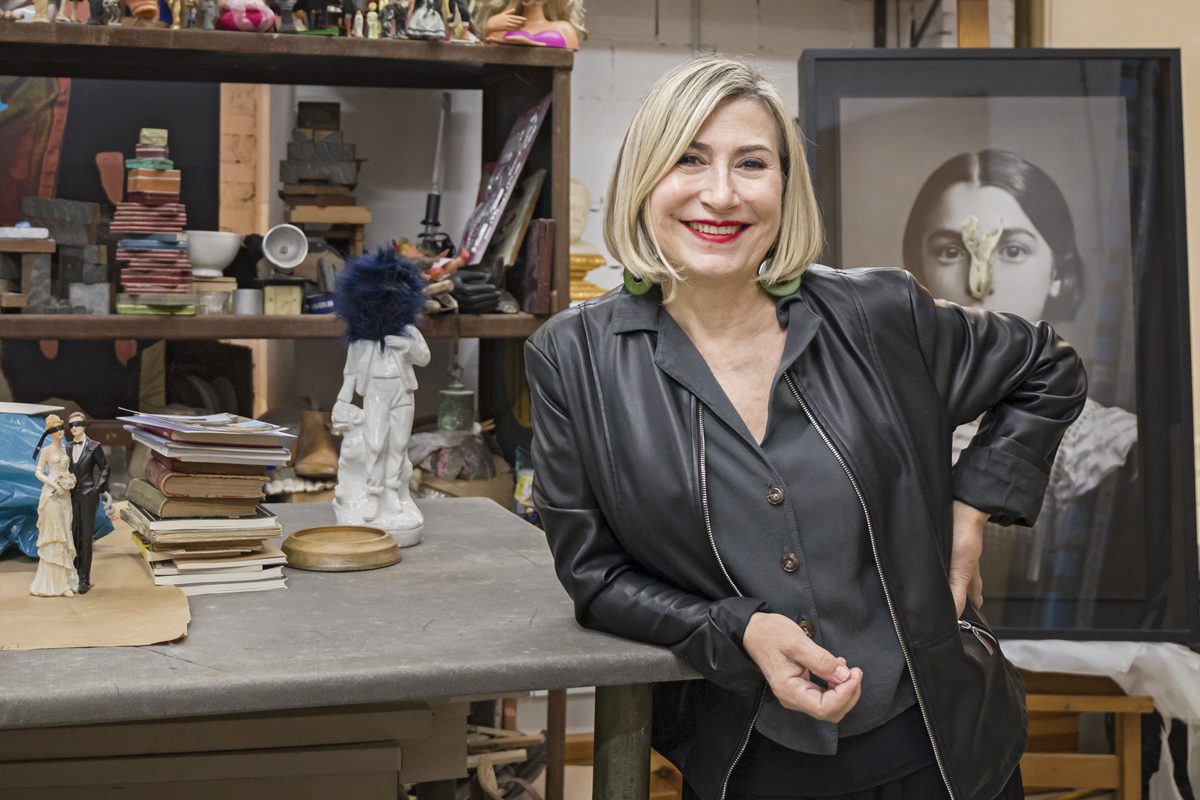
Photo: Amparo Garrido. CNIO
Carmen Calvo (Valencia, 1950) graduated in Advertising in 1970. Later, she studied at the Higher School of Fine Arts in Valencia. Between 1983 and 1985, she resided at the Casa Velázquez in Madrid, and from 1985 to 1992 she lived in Paris. She returned in 1992 to Valencia, where she has been living and working since. She represented Spain at the Venice Biennale in 1997. Among the many awards she received, the Spanish National Plastic Arts award (2013) should be mentioned.
Her work, which is characterised by the multiple formal, technical and thematic resources she works with, can be found in the best international museums and collections including the Solomon R. Guggenheim Museum in New York and the Queen Sofía Museum in Madrid.
Calvo, whose work has a lot in common with everyday archaeology – as she uses fragments and talks about memory and its recovery, created for CNIO Arte four works of art based on the findings of Juan Luis Arsuaga as a “tribute to the master”, in her own words.
Distinguished Seminars
24.01.2020
Núria López Bigas
IRB de Barcelona (Spain)
'The mutational footprints of cancer therapies'
31.01.2020
Cedric Blanpain
Université Libre de Bruxelles (Belgium)
'Mechanisms regulating tumor transitional states'
07.02.2020
Victoria Sanz-Moreno
Barts Cancer Institute (United Kingdom)
'Cytoskeletal dynamics: the Achilles heel of cancer'
21.02.2020
Anna Veiga
Center of Regenerative Medicine in Barcelona (Spain)
'Barcelona Stem Cell Bank: iPS generation as disease model'
